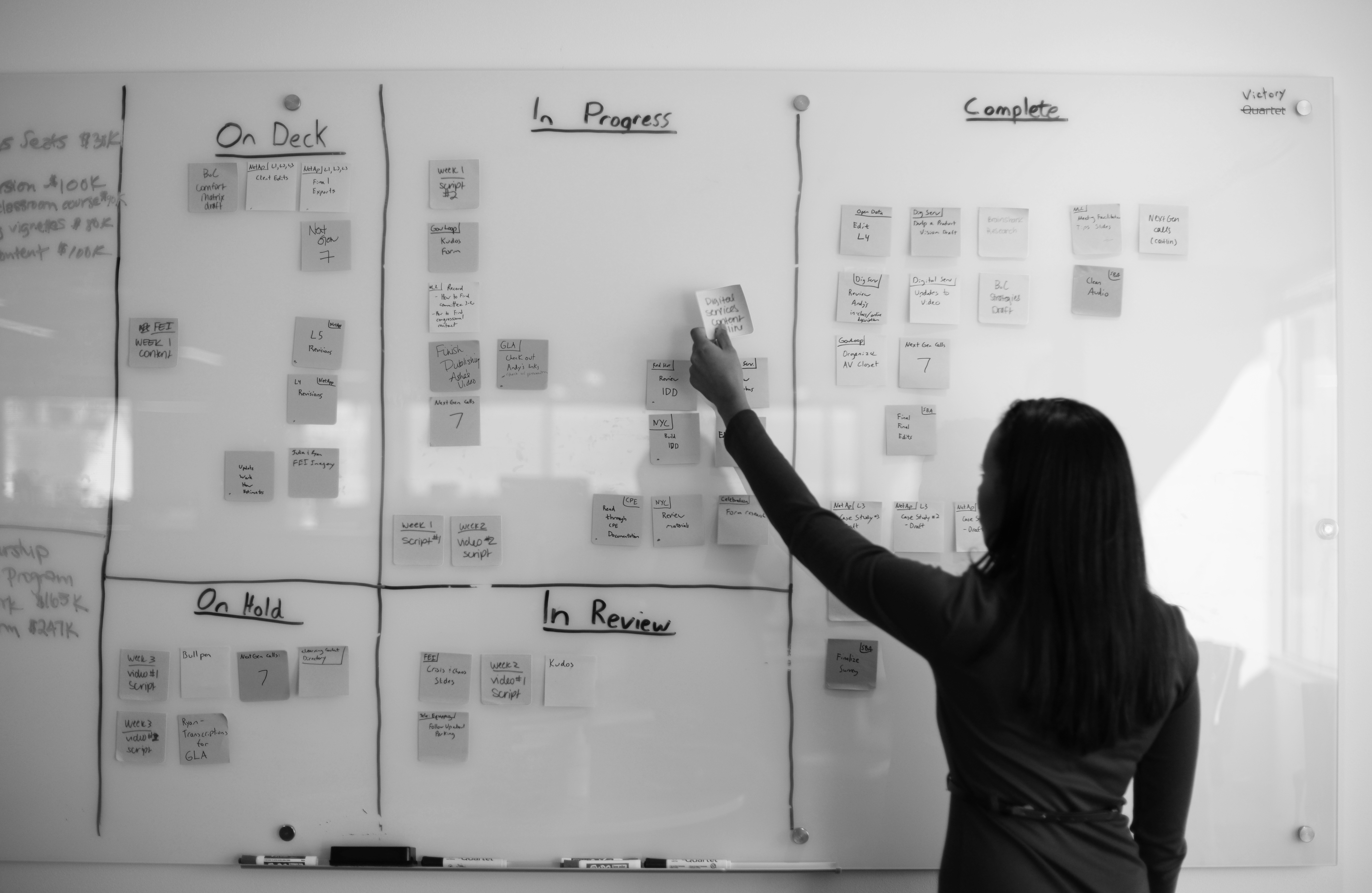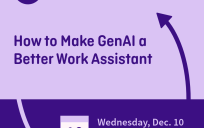This is an excerpt from the recent Customer Service Playbook for Government. In the guide, we detail six plays to help you transform the way your agency serves its citizen users.
Ultimately, customer service is a problem focused on people and their experiences. Therefore, it makes sense that the solutions we apply should be created with customers at the center of every step and decision. This person-focused process of problem solving is commonly called human-centered design (HCD).
“Human-centered design is used best when it’s focused on and applied to a really challenging problem involving a lot of people, which the government is ripe for,” said Stephanie Wade, Director of OPM’s Innovation Lab.
There are three steps to any HCD approach, though different design-minded organizations use different terms to describe the process. For instance, consulting firm IDEO labels the three stages as hear, create and deliver, while the LUMA Institute calls them looking, understanding and making.
Despite these diverse lexicons, all of these HCD approaches share one thing in common: The goals of each phase are centered on bringing end users’ needs into focus, executing a strategy for fulfilling those needs and evaluating the success of their solutions throughout the process. There is no doubt that humans are at the center of those design approaches, from beginning to end.
In this playbook, we’ll use the terms from +Acumen’s Design Kit: inspiration, ideation and implementation. During each phase, your team will focus on different objectives and execute various tasks to meet those goals. Below, we break out these three stages.
Inspiration
Objective: Determine what your customers need.
Action items:
- Observe, meet and interview your customers.
- Review what you already know about your customers and service.
- Define any barriers or constraints to your project.
Ideation
Objective: Develop potential solutions to your customers’ needs.
Action items:
- Analyze the information received during inspiration to create succinct insights.
- Host creative brainstorming sessions with a multidisciplinary team, asking “how might we” questions to get conversations going.
- Solicit further input from customers.
- Generate ideas for solutions.
Implementation
Objective: Test your solution in the real world.
Action items:
- Create prototypes of your idea.
- Solicit feedback on your solution.
- Incorporate new information into your project design.
These phases are modular and non-linear. Chances are the order of these phases will vary for every project in which you apply them. They each provide and react to new information that will inform your next steps. As a result, you’ll find yourself looping back and forth between the phases, likely visiting each multiple times before releasing your grand solution.
To find out more ways to foster better customer service at your agency, be sure to check out The Customer Service Playbook for Government.





please write me with my personal email ([email protected])i have important thing to discuss with you OK